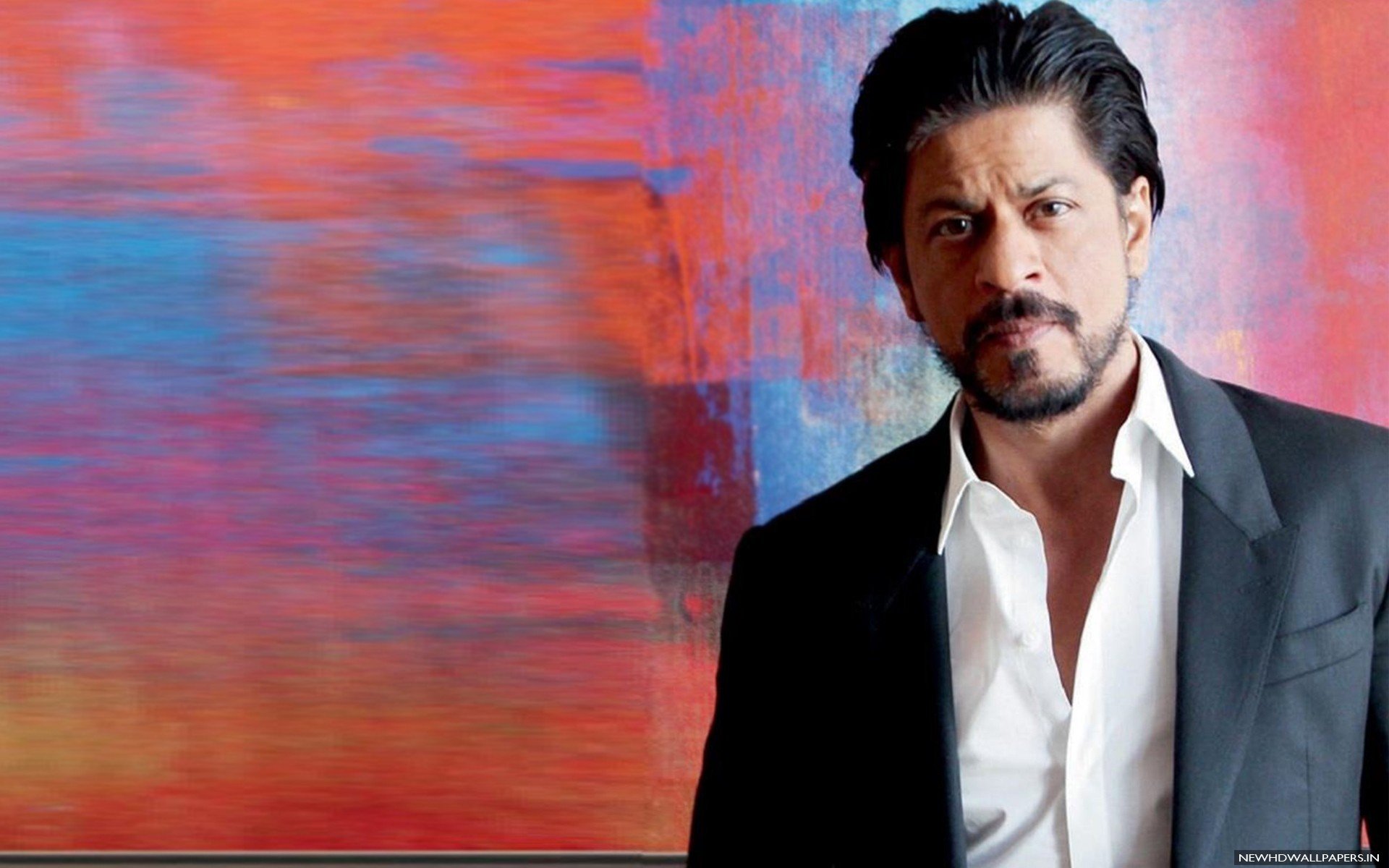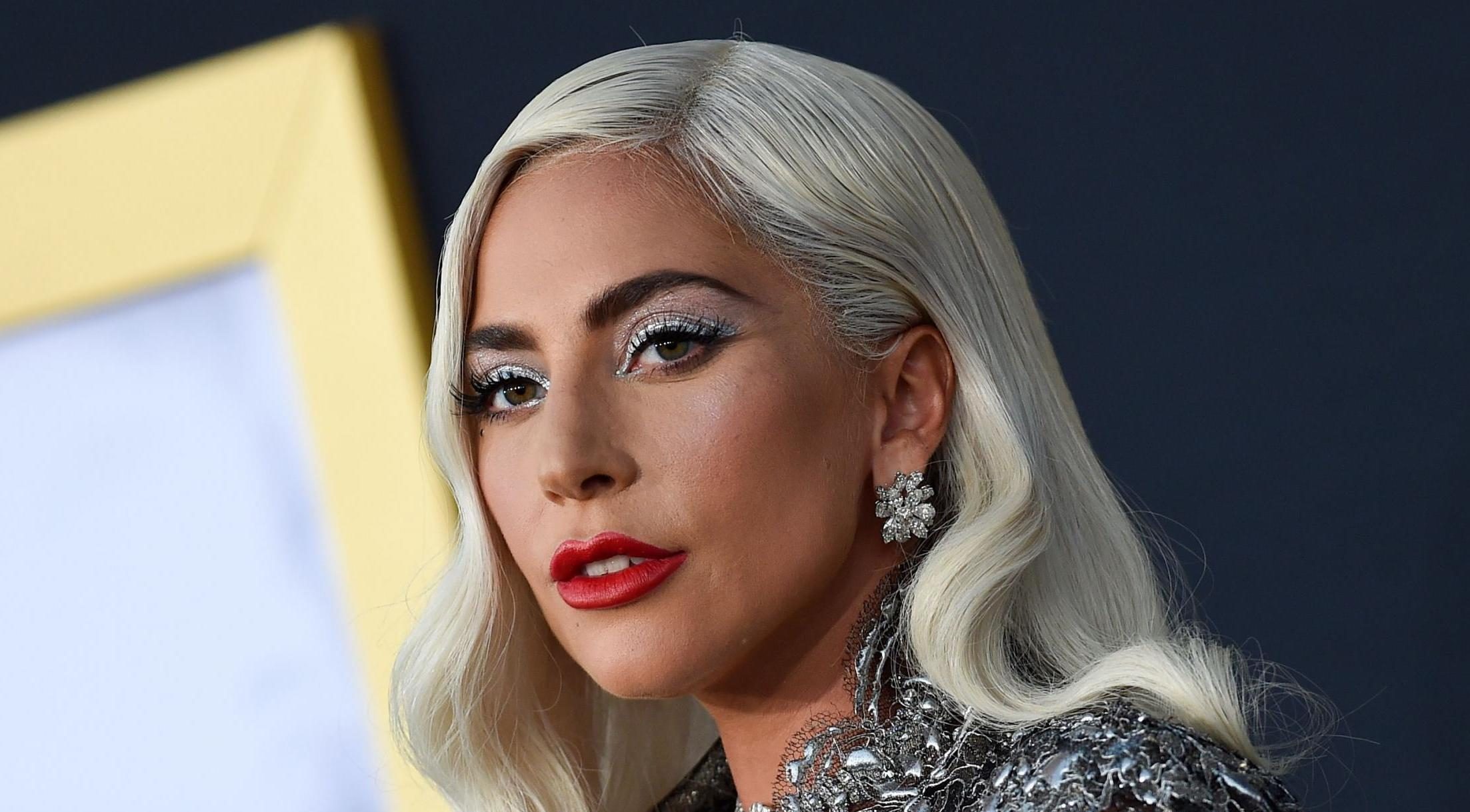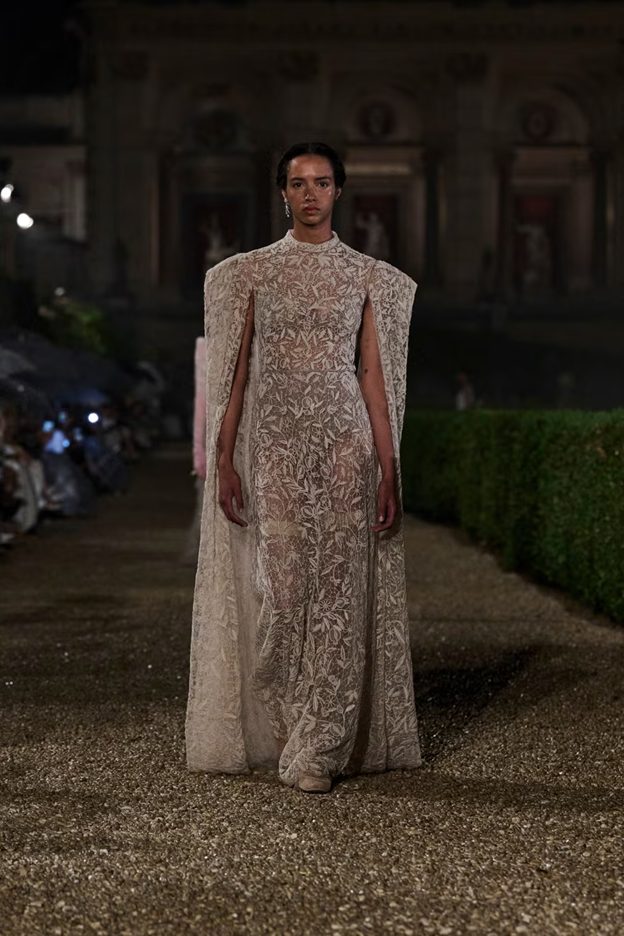
Dior Bids Adieu to Maria Grazia Chiuri with a Couture-Meets-Cruise Collection Tinged with “Beautiful Confusion”
In a world where the arts are too often under siege, Maria Grazia Chiuri’s final Dior collection unfolded in Rome like a luminous manifesto—a poetic defense of creativity, womanhood, and the transformative power of fashion. The 2026 Dior Cruise show, staged in the storied gardens of Villa Albani Torlonia, was more than a runway event; it was a symphony of memory, artistry, and personal homage, echoing through the rain-soaked air with every step.
A Love Letter to Rome and the Arts
Chiuri, ever the passionate patron of the arts, has spent her career weaving the voices of novelists, painters, filmmakers, and musicians—especially women—into the very fabric of her collections. As Dior’s first female creative director, she has made it her mission to celebrate and elevate the creative spirit, and nowhere was this more evident than in her Roman finale.
This show was Chiuri’s homecoming and her tribute. The dress code—women in white, men in black—was a nod to the legendary masked balls of Countess Anna Laetitia (Mimì) Pecci-Blunt, founder of Rome’s Teatro della Cometa, which Chiuri and her family recently helped restore. The theatre, now open after five years, stands as a testament to the enduring power of patronage and the arts—values Chiuri and Mimì share across generations.
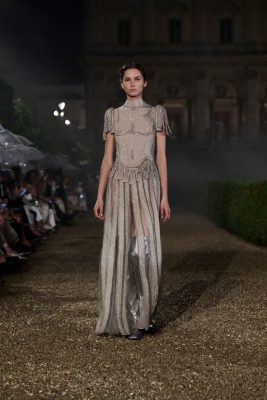
The Collection: A Dance Between Reality and Fantasy
The collection itself was a masterclass in duality and dialogue. Chiuri explored the delicate tension between dress and costume, questioning how clothing blurs the boundaries between reality and fiction. Collaborating with the historic Roman atelier Tirelli, she delved into archives of costume and tailoring, emerging with silhouettes that were at once ethereal and architectural, fluid yet precise.
The opening looks—tailcoat and tuxedo-inspired dresses—set a tone of quiet rebellion, while sheer embroideries and goddess-like draping moved with the body like whispered secrets. One unforgettable gown, with half its corset and skirt overlay missing, played with the idea of absence and presence, of what is revealed and what is concealed.
But perhaps the most arresting piece was a beaded, kick-pleat gown with a bodice embroidered to resemble a marble sculpture of a man’s chest—a breathtaking ode to Roman art, the interplay of masculine and feminine, and the eternal tension between fantasy and reality. Here, Chiuri’s obsessions—feminist art, fashion history, theatricality, and exquisite craft—shone brightest.
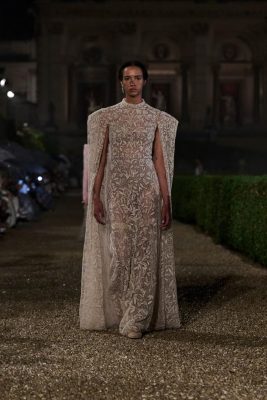
The Beautiful Confusion
Chiuri’s show notes referenced Federico Fellini’s 8 ½, which was almost titled “The Beautiful Confusion”—a phrase that perfectly encapsulates the creative process. This collection was Chiuri’s own beautiful confusion: a meditation on the chaos and clarity that come when an artist finishes one chapter and begins searching for the next. Her designs—goddess gowns, flouncy ruffles, marble illusions—could exist in fairy tales, yet are made for real women living, loving, and creating in the real world.
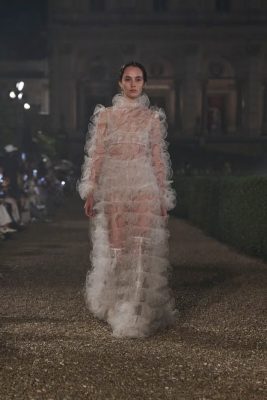
A Standing Ovation for Self-Expression
As the rain fell and the show drew to a close, the audience rose in a standing ovation, not just for the clothes, but for the woman who had made Dior a sanctuary for self-expression and artistic courage. Chiuri’s Cruise 2026 collection was more than a farewell; it was a rallying cry for all who believe in the power of beauty, confusion, and the endless possibilities of the imagination.
In an era when art is threatened, Maria Grazia Chiuri’s Dior reminds us: fashion is not just about what we wear, but about who we are—and who we dare to become.
For more passionate reflections and exclusive runway moments, stay with Darjee.
POST A COMMENT
You must be logged in to post a comment.

